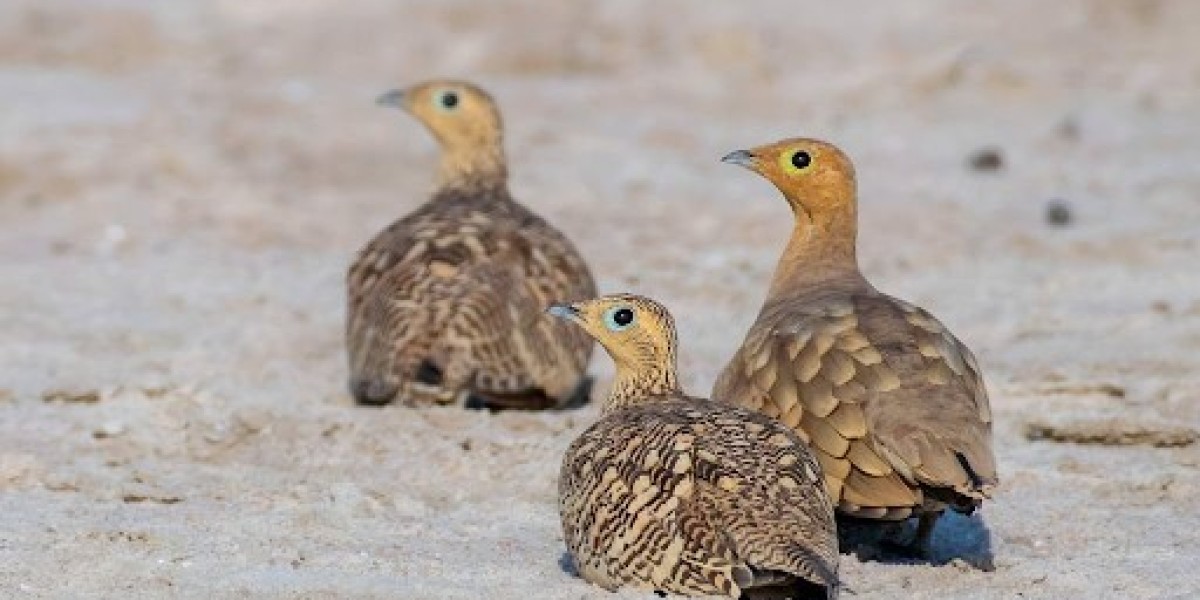Embarking on a wildlife photo tour is a thrilling adventure for any photography enthusiast. The opportunity to capture stunning shots of wildlife in their natural habitats is a dream come true for many. However, to make the most of your experience and ensure your safety, proper preparation is essential.
In this blog, we will discuss the packing essentials and safety tips you should consider before heading out on wildlife photo tours.
Researching Your Destination:
Before embarking on your wildlife photo tour, it's crucial to conduct a thorough research about the destination. Learn about the local wildlife, the best times to visit for optimal photography opportunities, and any specific photography restrictions or guidelines in place. Understanding the behavior of the animals you intend to photograph will help you anticipate their movements, enhancing your chances of capturing mesmerizing shots.
Choosing The Right Camera Gear:
Selecting the appropriate camera gear is vital for wildlife photography. While packing light is preferred, you must strike a balance between carrying essential equipment and not missing any shots. A high-quality DSLR or mirrorless camera with fast autofocus and burst shooting capabilities is recommended. Invest in a versatile telephoto lens with a long focal length to capture distant animals without disturbing them. Additionally, pack a sturdy tripod to ensure sharp images during low light conditions or when using slower shutter speeds.
Packing Accessories And Essentials:
Apart from your camera gear, certain accessories and essentials are indispensable for a successful wildlife photo tour. Consider packing extra camera batteries and memory cards to avoid missing out on precious moments due to power or storage limitations. A rain cover or waterproof camera bag is crucial to protect your equipment from unexpected weather changes. Don't forget to bring lens cleaning equipment to keep your lenses spotless and ready for capturing pristine shots.
Clothing And Personal Safety:
Wildlife photography often involves spending long hours outdoors, sometimes in remote locations. Dressing appropriately is crucial for your comfort and safety. Opt for lightweight, moisture-wicking, and breathable clothing that can adapt to varying weather conditions. Neutral-colored clothing can help you blend into the environment and reduce the chances of disturbing wildlife. Additionally, a wide-brimmed hat, sunscreen, and insect repellent are essential to protect yourself from the elements and insect bites.
Wildlife Safety And Ethical Photography:
The safety of photographers and the wildlife they encounter should be a top priority during any wildlife photo tour. Always maintain a safe distance from animals to avoid stressing them or putting yourself at risk. Be aware of potential hazards, such as uneven terrain, steep cliffs, or dangerous weather conditions. Avoid using flash photography on sensitive animals or their nesting areas, as it can disrupt their natural behaviors.
Respecting Wildlife And Their Habitat:
Responsible wildlife photography involves respecting the animals and their habitats. Avoid leaving any trace of your presence, such as litter or disturbances to the environment. Stay on designated paths and trails, and never trespass into restricted areas. Capturing great shots should never come at the expense of the well-being of the wildlife or their ecosystems.
Guided Tours And Local Knowledge:
Enrolling in a small group photography tour led by experienced guides can significantly enhance your wildlife photography experience. Knowledgeable guides can provide valuable insights into the behavior of the animals, the best vantage points, and the optimal times for photography. They can also help you navigate safely through the area and ensure that you adhere to all regulations and guidelines.
Conclusion:
Small group photography tours can be an unforgettable experience, offering incredible opportunities to capture mesmerizing shots of nature's most captivating creatures. However, adequate preparation is key to ensuring your safety and maximizing the potential of your photography.
By researching your destination, packing the right camera gear and essentials, prioritizing personal safety, and respecting wildlife and their habitat, you can make the most of your wildlife photography adventure while being an ethical and responsible photographer. So, pack your bags, follow these tips, and get ready to capture breathtaking moments in the wild!








